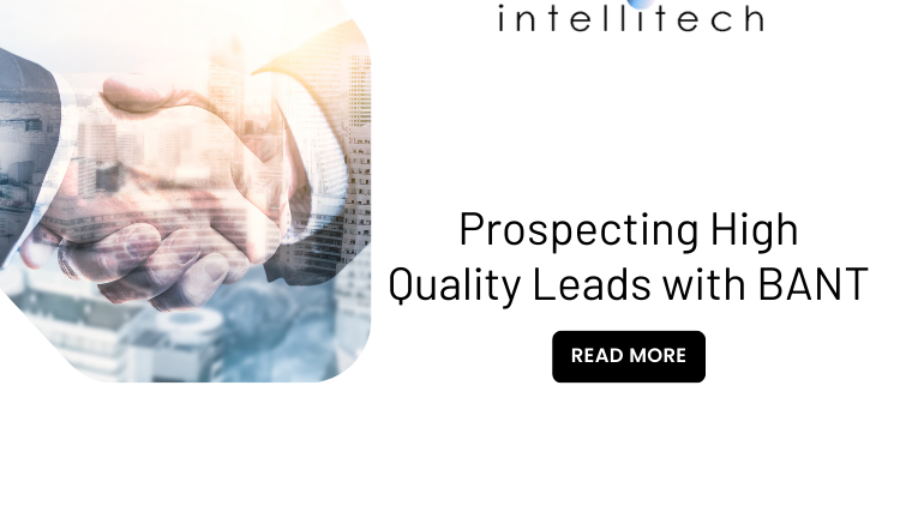In the dynamic world of B2B, sales means staying ahead of the curve by mastering the art of visibility – knowing where each lead stands in the sales pipeline. As companies strive to refine their strategies, ABM has emerged as a powerful tool to enhance targeting by improving the sales visibility. Account-Based Marketing is a strategic approach that focuses on key business accounts and particular job titles. Let’s delve into how ABM is responsible for transforming your sales process by enhancing the sales visibility.
Segmenting and Identifying High-Value Accounts
Segmenting and identifying these accounts can help you tailor your marketing efforts effectively as they hold the highest value for your business. This can be done based on potential revenue, alignment of the product offerings and strategic growth.
Personalized Outreach
Understanding the needs, pain points, industry trends and business goals can help you develop personalized content for each account. Personalized solutions resonate more with potential clients by increasing the likelihood of moving ahead through the sales pipeline.
Collaborating Sales and Marketing
Collaborating of sales and marketing teams ensures both teams have access to the same data and same insights. Frequent meetings and shared KPIs help maintain the collaboration and streamline the process from lead generation to closing more conversions.
Conclusion
Enhancing the sales pipeline visibility with ABM is not just adopting a new strategy but it’s about the fostering of meaningful connections with the high value accounts and ensuring every move is data driven and strategic. Segmenting accounts, personalizing outreach, and aligning sales and marketing teams can help you achieve greater visibility and efficiency in your sales pipeline. Ready to transform your sales pipeline visibility with ABM? Start adopting ABM today and see your sales strategy reach new heights.




